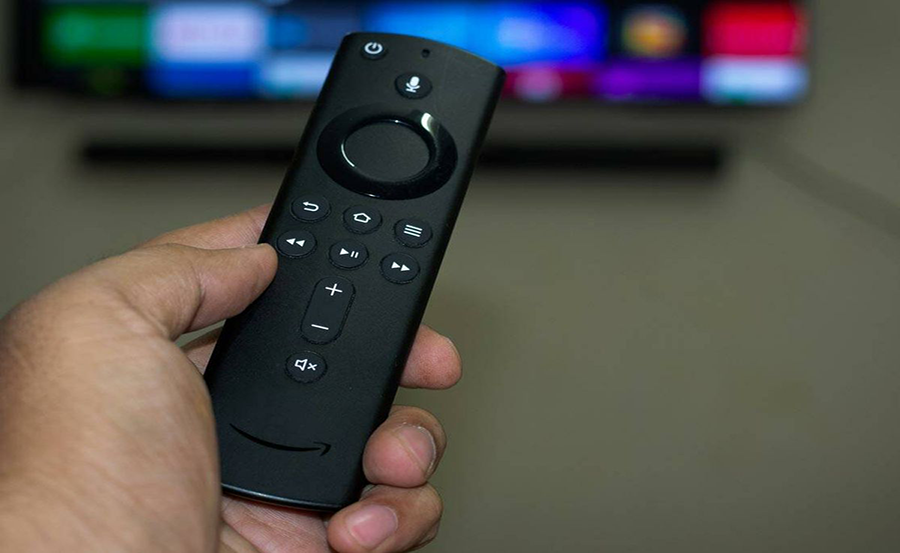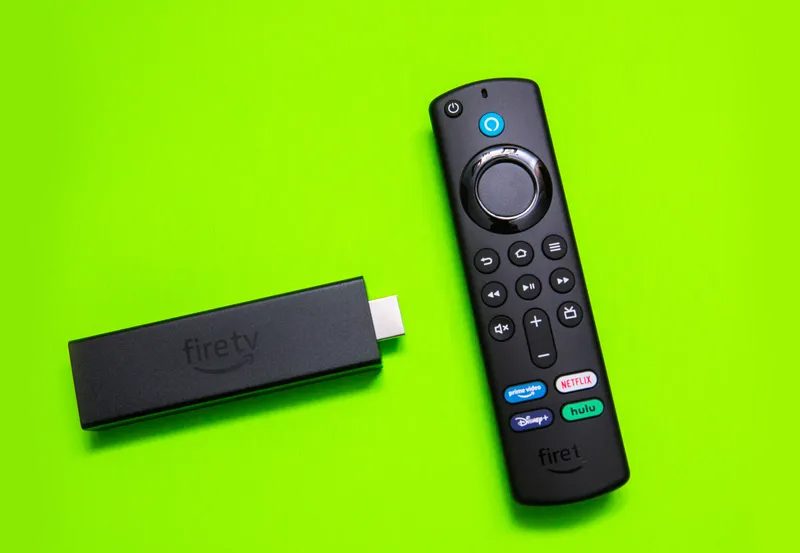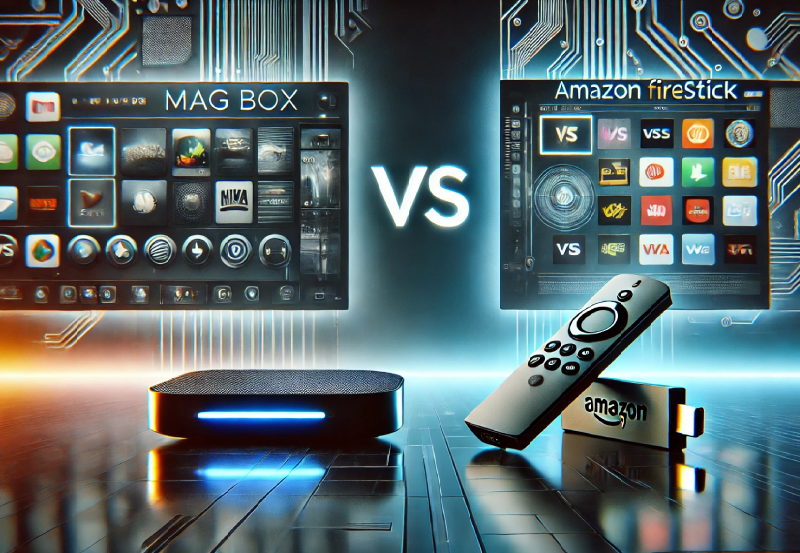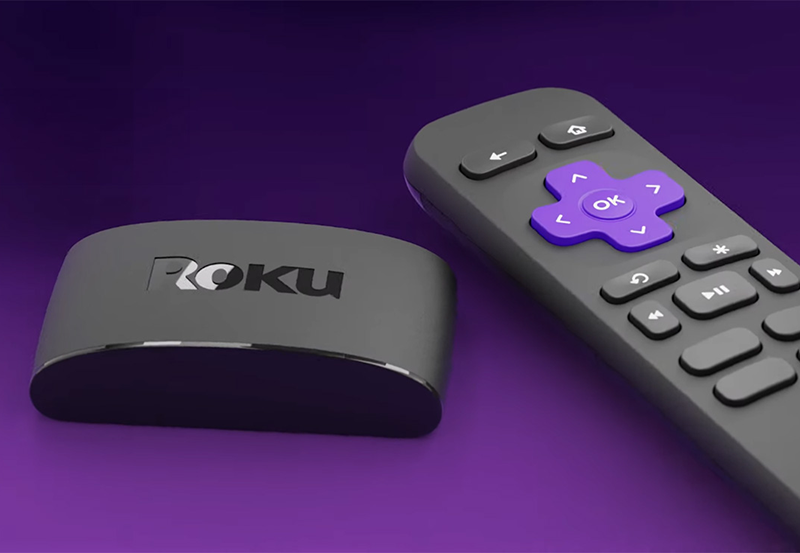In the ever-evolving world of home entertainment, streaming devices like Amazon Firestick and Fire TV Cube have revolutionized how we consume content. With an array of features, they offer a gateway to a universe of shows, movies, and more. But how do you choose between the two? This article will unravel the mystery, helping you make the best choice for your viewing pleasure.
Understanding the Basics: What Are Amazon Firestick and Fire TV Cube?
Amazon Firestick: A Brief Overview
The Amazon Firestick is a portable streaming device that connects to the HDMI port of your TV, transforming it into a smart TV. Designed for simplicity and convenience, it allows you to access apps, games, and streaming services like Netflix, Hulu, and Amazon Prime Video. Ideal for IPTV for beginners, its compact design and ease of use make it a popular choice among streaming aficionados.
Amazon Fire TV Cube: A Quick Look
On the other hand, the Fire TV Cube is Amazon’s most advanced streaming device. Combining the functionalities of a Firestick and an Echo Dot, it offers hands-free control thanks to Alexa’s integration. This device promises not just smoother streaming but an enhanced voice-controlled smart home experience.
Quick Suggestion:
Enjoy premium live TV and sports with Xtreme HD UK IPTV, the ultimate subscription for seamless streaming.
Comparison of Basic Features
While both devices serve the primary function of streaming, their differences lie in the additional capabilities. The Firestick is perfect for straightforward streaming needs, whereas the Cube offers a broader smart home connection.
Performance and Quality: Which Offers Better Viewing?
Video and Audio Capabilities
The Firestick supports Full HD streaming and Dolby Audio, which is quite sufficient for general users. However, if you’re someone who enjoys high-quality visuals, the Fire TV Cube provides 4K Ultra HD streaming with Dolby Atmos audio, giving you a theater-like experience at home.
Speed and Responsiveness
Regarding performance, the Fire TV Cube edges out the Firestick with its hexacore processor, which offers superior speed and responsiveness. This is crucial for seamless streaming without annoying lags or buffering, enhancing your viewing pleasure substantially.
Ease of Use and Accessibility
User Interface and Navigation
Navigating these devices is primarily an enjoyable experience, but the Cube provides a more polished platform. Its voice control feature means you can navigate without lifting a finger—ideal for multitaskers and those who enjoy convenience. Meanwhile, the Firestick provides a standard remote-based interaction, which some users may find more intuitive.
Installation and Setup
Set up is relatively easy for both devices. Plug in, sign in, and you’re good to go. However, the Fire TV Cube may require a bit more setup time if you plan to utilize its smart home capabilities. This can be a minor drawback for users looking for a quick start.
Accessibility Features
Accessibility is a crucial aspect for many users, and both devices offer screen magnifiers, voice guidance, and audiobooks. The Fire TV Cube, however, gives you an edge with voice control, thus granting easier access for users with mobility constraints.
Cost Efficiency: What Are You Paying For?
Price Breakdown
When it comes to cost, the Firestick is indeed lighter on the wallet, priced affordably for those looking for budget-friendly options. Alternatively, the Fire TV Cube, although more expensive, packs in more features, giving you value for every penny spent.
Long-Term Investment
Consider what matters more: upfront expenses or a long-term investment yielding more features and functionality? While both devices undergo continuous updates, extending their lifespan, choosing one over the other boils down to your specific needs and budget flexibility.
Hidden Costs to Consider
Be mindful of potential hidden costs like subscriptions or additional services. Both require a stable internet connection and might include additional charges for specific IPTV subscriptions or platform content. Calculate these expenses to get a comprehensive cost overview.
Pros and Cons: Making an Informed Decision
Advantages of the Amazon Firestick
- Affordable price point, ideal for budget-conscious users.
- Compact size, making it highly portable and easy to use across different TVs.
- Great for IPTV for beginners seeking straightforward streaming capabilities.
Disadvantages of the Amazon Firestick
- Limited to Full HD resolution, which might not satisfy some users’ expectations.
- Relies heavily on the remote control, with no voice-free option.
Advantages of the Amazon Fire TV Cube
- 4K Ultra HD streaming quality with immersive Dolby Atmos audio.
- Hands-free voice control through Alexa, enhancing smart home integration.
- Powerful processor for faster, smoother streaming and multitasking.
Disadvantages of the Amazon Fire TV Cube
- Higher price point may not suit every budget.
- Larger size makes it less portable compared to the Firestick.
Choosing Based on Your Needs
For the Budget-Savvy Consumer
If you simply want a device to stream your favorite shows and don’t need all the bells and whistles, the Firestick is an adequate choice. It’s affordable, easy to use, and designed for those who may not require extensive smart capabilities.
For the Tech Enthusiast
If you’re someone who embraces technology and enjoys having the latest features, the Fire TV Cube will likely appeal to you more. Its advanced functionalities and high-quality streaming capabilities offer more than just a viewing device; it’s an integrated digital companion.
For the Smart Home Integrator
The Cube fits seamlessly into homes already utilizing smart technologies. Voice control and device integration make it suitable for households already familiar with or looking to incorporate more smart home technology, giving you a cohesive user experience.
Frequently Asked Questions

Do both devices support 4K streaming?
Only the Fire TV Cube supports 4K streaming. The Firestick is limited to Full HD resolution. If 4K is essential for you, the Cube is the better option.
Can either device function without the internet?
No, both devices require an internet connection to stream content effectively. Their functionalities are dependent on streaming from online sources.
Is voice control possible with the Firestick?
While the Firestick primarily uses a remote control, you can enable voice control via Alexa by pairing it with an Echo device.
Are there any subscription costs involved with these devices?
The devices themselves do not come with mandatory subscriptions. However, streaming services accessed through them may require subscriptions, such as Netflix or an IPTV subscription service.
Which device is more user-friendly for seniors?
The Firestick is generally more user-friendly for seniors due to its straightforward design and functionality. However, the Fire TV Cube’s voice control can also be beneficial once set up correctly.
How secure are these devices?
Both devices are designed to be secure, with regular updates from Amazon to protect user data. It’s essential to download apps only from trusted sources to maintain security.
A Comprehensive Guide to Fixing Audio Lag on IPTV





